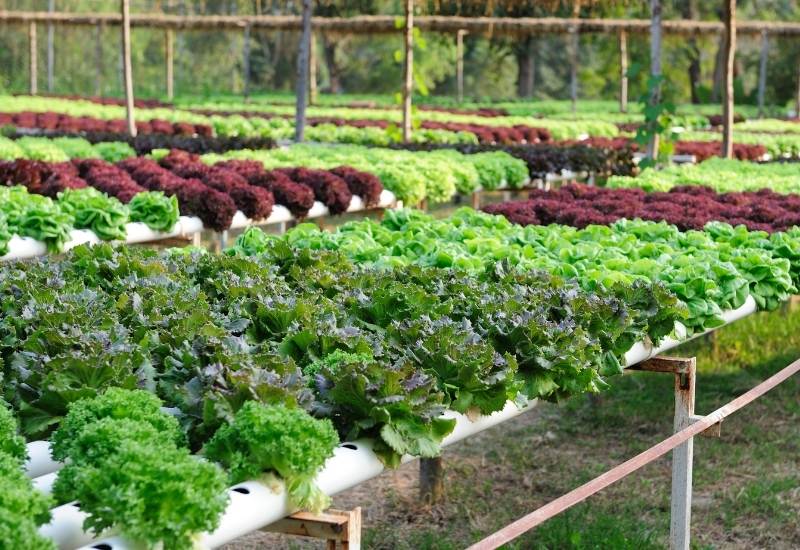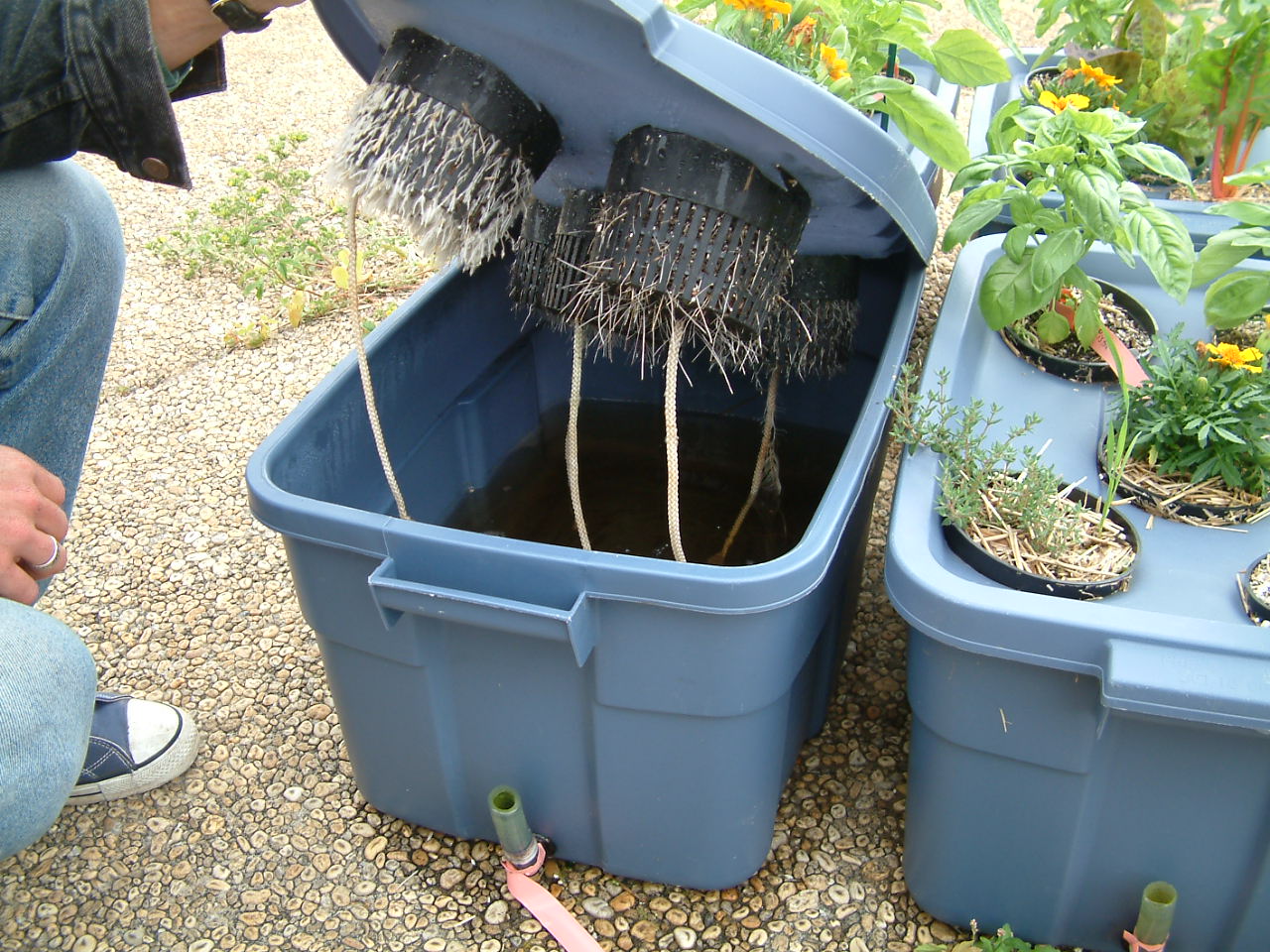How to Grow Easy Vegetables in Hydroponics

Are you dreaming of a lush, thriving garden but lack the space or soil? Welcome to the world of hydroponics, where you can grow fresh, delicious vegetables right in your home. Imagine a garden that requires no weeding, no pesticides, and minimal effort. Sounds too good to be true? It's not! Let's dive into the fascinating realm of hydroponic growing and explore the easiest vegetables to cultivate in this innovative system.
Understanding Hydroponics
Hydroponics is a method of growing plants without soil. Instead, plants are grown in a nutrient-rich water solution. This method allows for precise control over the plant's environment, leading to faster growth and higher yields. Whether you're a seasoned gardener or a novice, hydroponics offers a unique and rewarding experience.
Benefits of Hydroponic Growing
- Faster Growth: Plants grow up to 50% faster in a hydroponic system compared to traditional soil gardening.
- Higher Yields: Hydroponic vegetables often produce larger and more abundant harvests.
- Space Efficiency: Ideal for urban dwellers, hydroponic systems can be set up in small spaces, making indoor gardening a breeze.
- Water Conservation: Hydroponics uses up to 90% less water than traditional gardening methods.
Easy Vegetables to Grow in a Hydroponic System
Lettuce
Lettuce is one of the easiest vegetables to grow in a hydroponic system. It thrives in the controlled environment and grows rapidly, providing fresh greens in just a few weeks. Lettuce requires minimal light and can be grown in a variety of hydroponic setups, from simple DIY systems to advanced commercial units.
Spinach
Spinach is another leafy green that performs exceptionally well in hydroponics. It prefers cooler temperatures and can be grown year-round indoors. Spinach is not only easy to grow but also packed with nutrients, making it a popular choice for hydroponic gardeners.
Herbs
Herbs like basil, parsley, and mint are perfect for hydroponic growing. They require little space and can be grown in small hydroponic systems, making them ideal for kitchen countertops. Herbs add a burst of flavor to your meals and are a delight to grow.
Tomatoes
Tomatoes are a bit more challenging but still manageable for beginners. They require more light and nutrients than leafy greens but reward you with juicy, flavorful fruits. Cherry tomatoes are particularly well-suited for hydroponic growing due to their compact size.
Bell Peppers
Bell peppers are another excellent choice for hydroponic gardens. They require a bit more care than leafy greens but offer a satisfying harvest. Bell peppers need plenty of light and a consistent nutrient solution to thrive.
Setting Up Your Hydroponic System
Choosing the Right System
There are several types of hydroponic systems, each with its own advantages. The most common types include:
- Wick System: Simple and low-maintenance, ideal for beginners.
- Deep Water Culture (DWC): Plants are suspended in a nutrient-rich water solution.
- Nutrient Film Technique (NFT): A continuous flow of nutrient solution over the plant roots.
- Ebb and Flow: Plants are periodically flooded with nutrient solution.
Essential Equipment
- Grow Lights: LED grow lights are energy-efficient and provide the necessary light spectrum for plant growth.
- Nutrient Solution: A balanced mix of essential nutrients to support plant growth.
- pH Meter: To monitor and adjust the pH level of the nutrient solution.
- Aeration System: To ensure adequate oxygen supply to the plant roots.
Tips for Successful Hydroponic Gardening
Maintaining the Right pH
The pH level of the nutrient solution is crucial for plant health. Most hydroponic vegetables prefer a pH range of 5.5 to 6.5. Regularly test and adjust the pH to ensure optimal nutrient absorption.
Providing Adequate Light
Light is essential for photosynthesis. Ensure your plants receive at least 14-16 hours of light per day. LED grow lights are an excellent choice for indoor gardening, providing the right spectrum of light for plant growth.
Monitoring Nutrient Levels
Regularly check and replenish the nutrient solution to ensure your plants receive the necessary nutrients. Overfeeding or underfeeding can lead to stunted growth or nutrient deficiencies.
Managing Temperature and Humidity
Maintain a consistent temperature and humidity level for your hydroponic garden. Most vegetables prefer temperatures between 65-75°F (18-24°C) and humidity levels around 40-60%.
Conclusion
Growing easy vegetables in a hydroponic system is a rewarding and enjoyable experience. Whether you're a seasoned gardener or a beginner, hydroponics offers a unique way to cultivate fresh, delicious produce right in your home. From leafy greens like lettuce and spinach to flavorful herbs and juicy tomatoes, the possibilities are endless.
So, why not give hydroponic gardening a try? With a bit of patience and the right equipment, you can enjoy a bountiful harvest of easy hydroponics vegetables. Happy growing!
FAQs
What are the easiest vegetables to grow in a hydroponic system?
- Lettuce, spinach, herbs, tomatoes, and bell peppers are among the easiest vegetables to grow in a hydroponic system.
How often should I change the nutrient solution in my hydroponic system?
- The frequency of changing the nutrient solution depends on the type of system and the plants you are growing. Generally, it's recommended to change the solution every 2-3 weeks.
What is the ideal pH level for hydroponic vegetables?
- Most hydroponic vegetables prefer a pH range of 5.5 to 6.5. Regularly test and adjust the pH to ensure optimal nutrient absorption.
Can I grow hydroponic vegetables indoors?
- Yes, hydroponic vegetables can be grown indoors. LED grow lights provide the necessary light spectrum for plant growth, making indoor gardening a viable option.
What are the benefits of hydroponic growing?
- Hydroponic growing offers faster growth, higher yields, space efficiency, and water conservation compared to traditional soil gardening.


0 Response to "How to Grow Easy Vegetables in Hydroponics"
Post a Comment